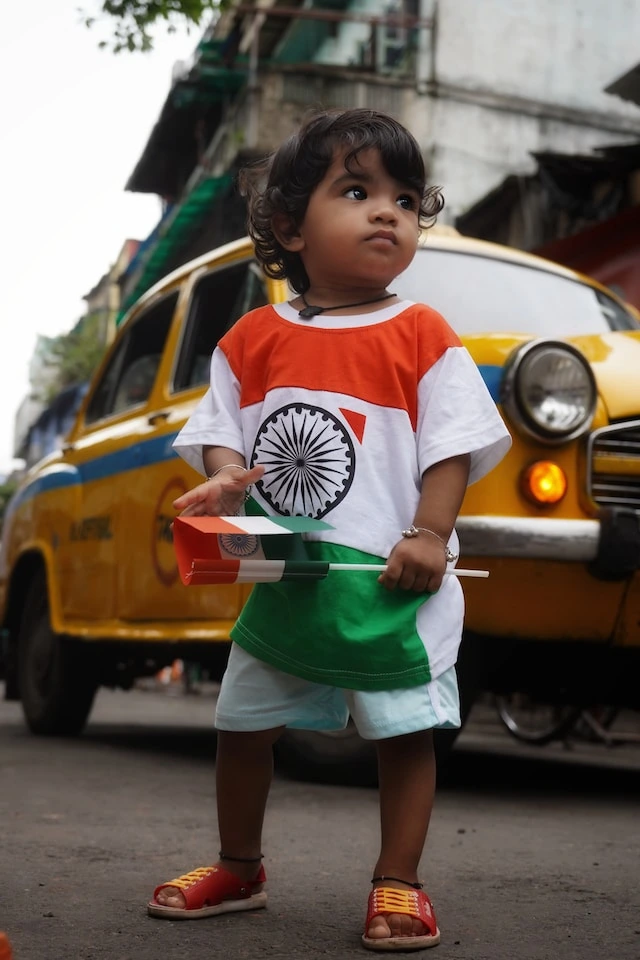Introduction
India, a land of myriad cultures, religions, and traditions, celebrates its colorful and diverse festivals with renown. These festivals in India are a testament to the country’s rich heritage and its ability to harmoniously blend ancient customs with modern celebrations. From Diwali’s dazzling lights to Holi’s riotous colors, the festivals here are a reflection of the nation’s unity in diversity. In this article, we will embark on a journey through the kaleidoscope of festivals that make India a cultural wonder.
1. Diwali – The Festival of Lights

Diwali, also known as Deepavali, shines as perhaps the most widely celebrated festival in India. It signifies the triumph of illumination over obscurity and virtue over malevolence. During this festival, people actively light oil lamps, known as diyas, and set off fireworks to commemorate this victory of light. Additionally, the exchange of gifts is a common practice among friends and family, further enhancing the spirit of Diwali. Families come together to share sweets and light up their homes, creating a mesmerizing spectacle of flickering lights and vibrant colors.
2. Holi – The Festival of Colors
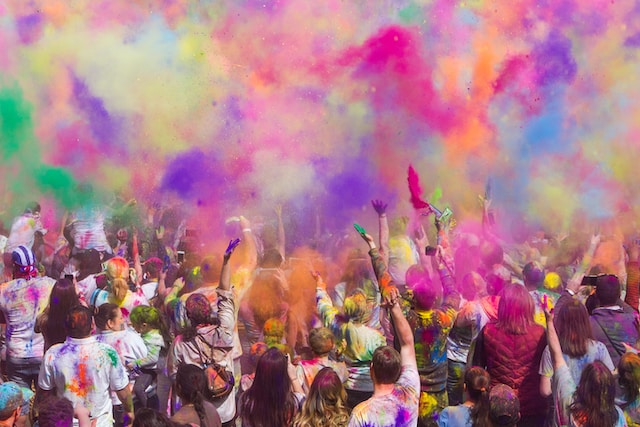
Holi, the festival of colors, is a riotous celebration of spring’s arrival. People of all ages come together to play with colored powders, water balloons, and engage in friendly water fights. This vibrant festival breaks down social barriers as people smear each other with colors, dance to the beat of drums, and relish traditional sweets like gujiya and thandai.
3. Eid-ul-Fitr – Celebrating the End of Ramadan
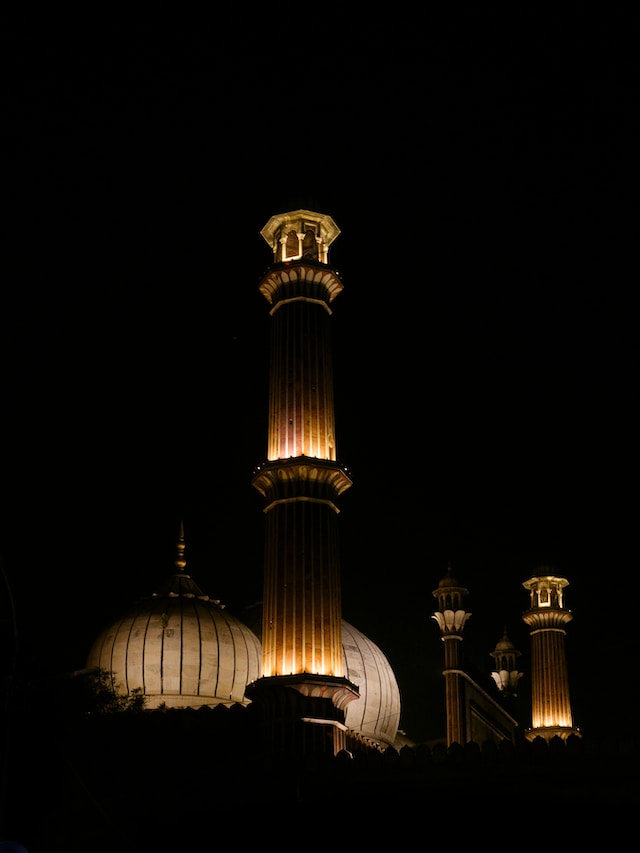
Eid-ul-Fitr, also known as Ramzan Eid, is a significant festival for Muslims in India and signifies the conclusion of Ramadan, the sacred fasting month. Families come together for prayers, exchange gifts, and enjoy sumptuous feasts. Special dishes like biryani, kebabs, and sheer khurma are prepared to celebrate the occasion.
4. Durga Puja – Honoring the Goddess Durga
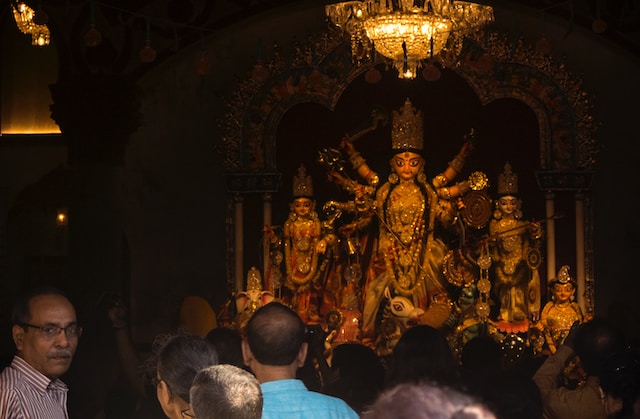
Durga Puja, primarily celebrated in West Bengal, is a grand festival that honors the Hindu goddess Durga. Elaborate pandals (temporary structures) are erected to house beautifully crafted idols of the goddess. The festival includes traditional dance performances, cultural events, and sumptuous Bengali cuisine.
5. Navratri – Nine Nights of Dance and Devotion
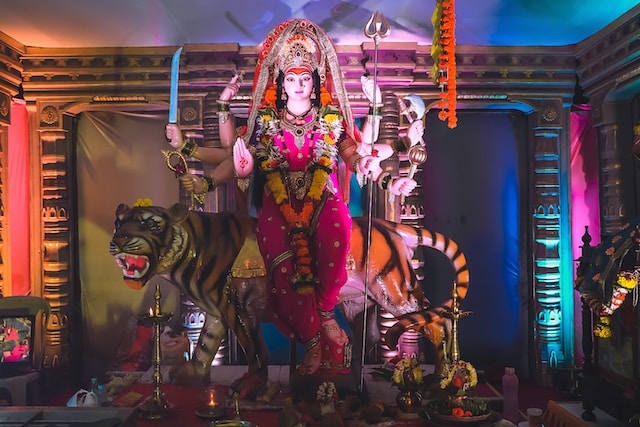
Navratri, meaning ‘nine nights,’ is a Hindu festival celebrated across India with great enthusiasm. It honors the goddess Durga in her various forms and is marked by nightly dance performances known as Garba and Dandiya. People dress in traditional attire and participate in these energetic dances, making it a joyous and vibrant celebration.
6. Christmas – The Joy of Giving
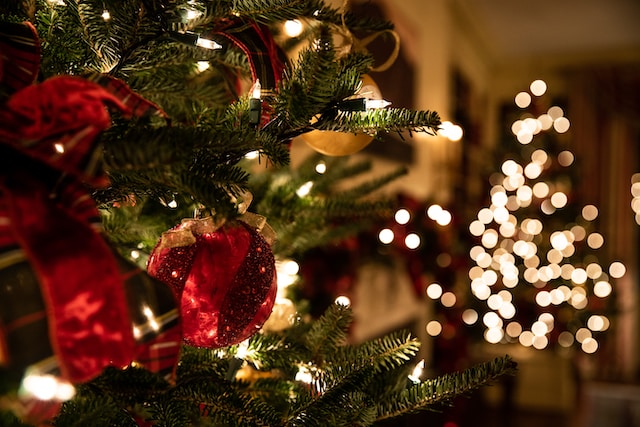
Globally, people celebrate Christmas, but in India, it acquires a unique flavor. Indian Christians participate in midnight mass, and they decorate homes and churches with colorful decorations. In some regions, local customs blend with the festival, making it a true representation of India’s cultural fusion.
7. Pongal – A Harvest Festival in South India
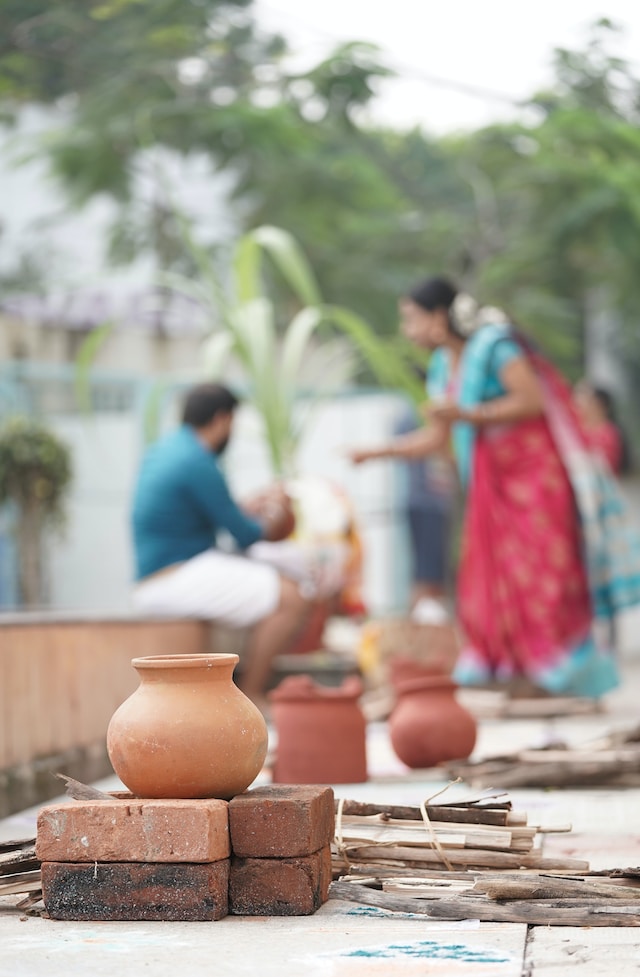
Pongal, celebrated predominantly in South India, is a harvest festival that pays tribute to the sun god. It involves the preparation of a special dish called Pongal, made from newly harvested rice and jaggery. The festival also includes traditional music, dance, and the exchange of sugarcane and turmeric leaves.
8. Baisakhi – Harvest Festival in North India

Baisakhi is celebrated with immense fervor in the northern states of Punjab and Haryana. It marks the spring harvest and the Sikh New Year. People dress in traditional attire, dance to Bhangra music, and enjoy an array of delectable Punjabi dishes, including sarson da saag and makki di roti.
9. Raksha Bandhan – Sibling Bonding
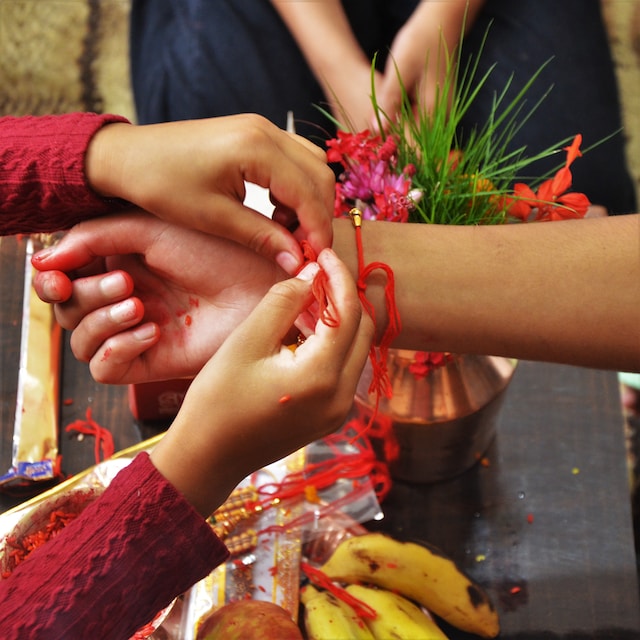
Raksha Bandhan, also known as Rakhi, is a Hindu festival celebrating the bond between brothers and sisters. Sisters tie a decorative thread (rakhi) around their brothers’ wrists, symbolizing their love and protection. In exchange, brothers bestow presents and pledge to safeguard their sisters.
10. Ganesh Chaturthi – The Elephant-Headed God’s Arrival
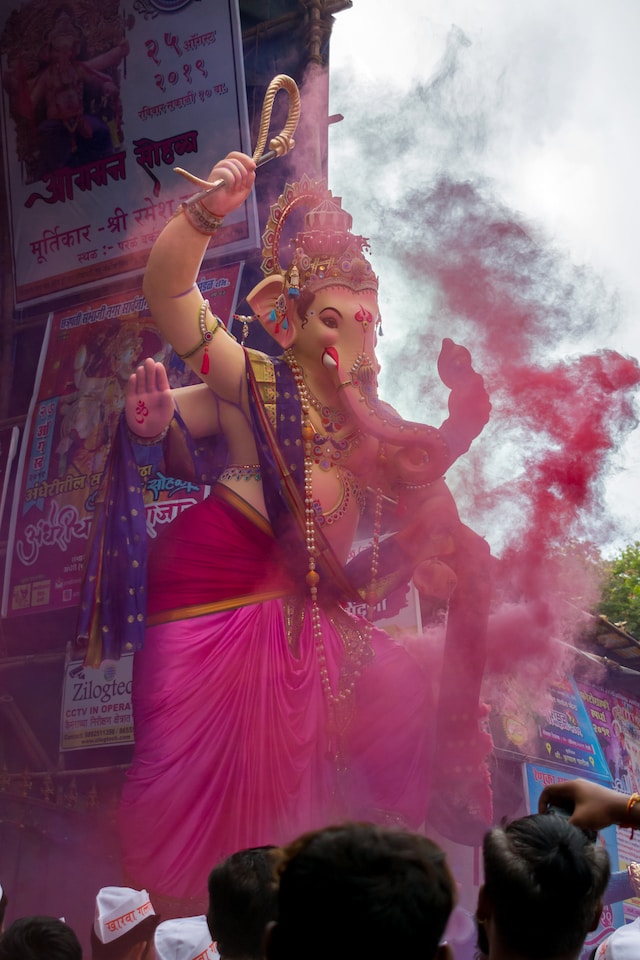
People celebrate Ganesh Chaturthi with grand enthusiasm, dedicating it to Lord Ganesha, the elephant-headed god of wisdom and prosperity. They position elaborate effigies of Lord Ganesha in residences and communal pavilions. The festival includes processions, traditional music, and the immersion of the idols in water bodies, symbolizing Lord Ganesha’s journey back to his abode.
11. Onam – Kerala’s Harvest Festival
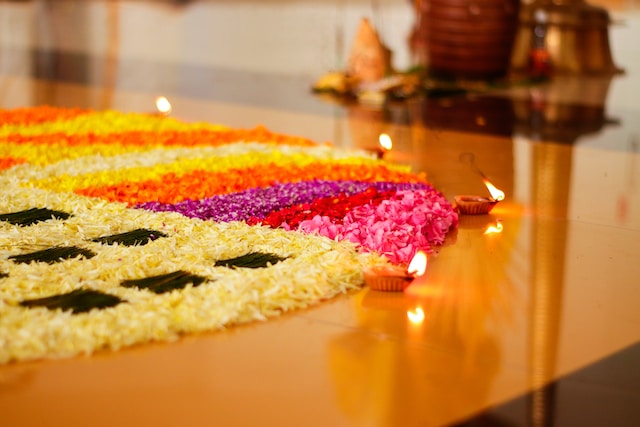
Onam is the harvest festival of the South Indian region of Kerala. Elaborate floral decorations known as pookalam, traditional dance forms like Kathakali, and a sumptuous feast called Onam Sadya, featuring a variety of vegetarian dishes served on banana leaves, mark the celebration of Onam.
12. Janmashtami – Lord Krishna’s Birthday

Janmashtami commemorates the arrival of Lord Krishna, among the most venerated deities in Hinduism. Devotees fast, sing devotional songs and enact episodes from Lord Krishna’s life, particularly his childhood pranks. In some regions, an intricate human pyramid is formed to break a pot of curd hung at a height, mimicking Krishna’s love for butter.
13. Bihu – Assam’s Cultural Festival
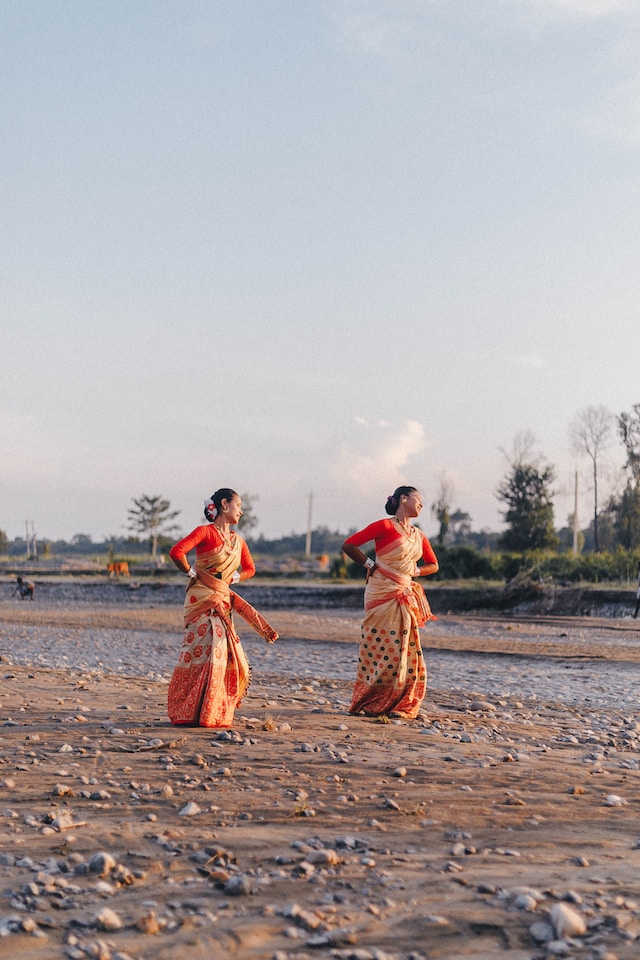
Bihu is a significant festival in the northeastern state of Assam. It marks the Assamese New Year and is celebrated with traditional dances, music, and the lighting of earthen lamps. The feasting includes traditional dishes like pitha, laru, and masor tenga.
14. Guru Nanak Jayanti – Birth of Sikhism’s Founder
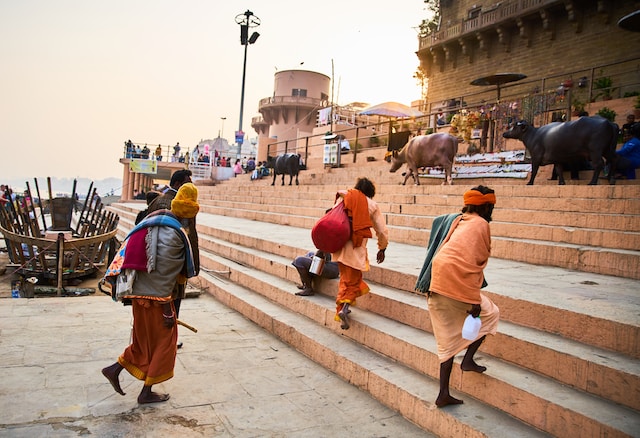
Guru Nanak Jayanti commemorates the birth of Guru Nanak Dev Ji, the founder of Sikhism. Sikhs visit gurdwaras (Sikh temples), participate in prayers, and partake in langar (community meals). Processions known as Nagar Kirtan take place, where devotees sing hymns and display the Sikh flag.
15. Puri Rath Yatra – Chariot Festival
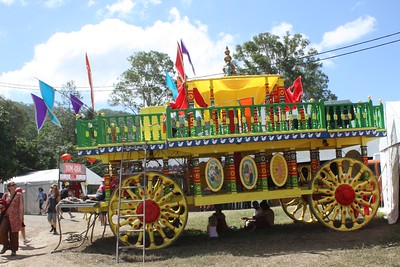
The devotees pull gigantic chariots carrying idols of Lord Jagannath, his brother Balabhadra, and sister Subhadra through the streets during the grand chariot festival, Puri Rath Yatra, dedicated to Lord Jagannath in the coastal state of Odisha. It’s one of the most attended religious processions in the world.
16. Navroz – Parsi New Year
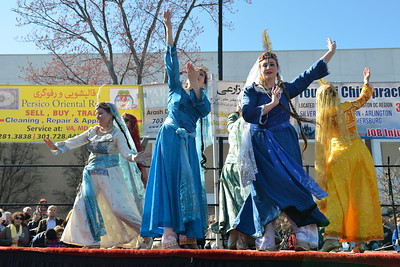
The Parsi community in India celebrates Navroz, also known as Nowruz, to commemorate the Iranian New Year. It involves elaborate feasts, traditional Parsi dishes like dhansak and patra ni machhi, and cultural performances.
Conclusion
Festivals in India are a mesmerizing blend of ancient traditions and modern celebrations, reflecting the country’s cultural diversity and unity. Whether it’s the spectacular lights of Diwali, the joyous colors of Holi, or the peaceful prayers of Eid-ul-Fitr, each festival offers a unique experience. These celebrations not only bring communities together but also allow people to appreciate the rich tapestry of India’s cultural heritage. Festivals in India are a true testament to the saying, “Unity in diversity,” and continue to be a source of joy and inspiration for people worldwide.
